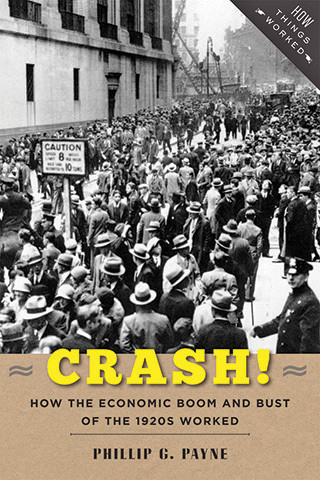
Reviews
Comparing favorably with works by John Kenneth Galbraith, Frederick Lewis Allen, and Maury Klein, Crash! is an invaluable resource for students of history as well as economics. Essential.
Payne does what he sets out to do and he is to be credited for such a readable book (indeed I read it twice!).
A well-organized overview of the boom-bust sequence that unfolded in the 1920s and early 30s, Crash! brings to life the interesting Depression-era characters that populated business and government.
Book Details
Preface
Prologue
1. How in the 1920s the American Economy Promoted Speculation
2. How Business Culture Encouraged Consumer Spending
3. How the Market Grew Bullish
4. How the Economy Crashed
5. How the New
Preface
Prologue
1. How in the 1920s the American Economy Promoted Speculation
2. How Business Culture Encouraged Consumer Spending
3. How the Market Grew Bullish
4. How the Economy Crashed
5. How the New Deal Changed the Financial Sector
Epilogue
Notes
Suggested Further Reading
Index






